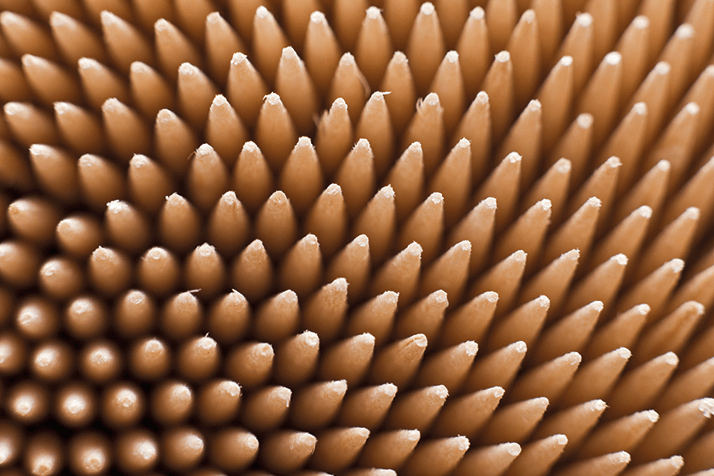A group of researchers sponsored by Hong Kong’s Beat Drugs Fund have demonstrated that a technique called “wooden-tip electrospray ionization mass spectrometry” can be used to detect four common drugs of abuse in biological fluids, such as urine and oral fluid. Current methods already exist for detecting drugs of abuse, but the group say these are time consuming (involving a preliminary screening to deal with a large number of samples, followed by the confirmatory analysis) and can generate false results.

“Real-life biological samples are complex and can contain a large number of various compounds, thus detection of target analytes could be susceptible to severe matrix interference,” says Zhongping Yao, an associate professor in the Department of Applied Biology and Chemical Technology at The Hong Kong Polytechnic University, and one of the lead researchers on the work. “Electrospray ionization mass spectrometry (ESI-MS) is a commonly used analytical technique, but it often requires extensive and time-consuming sample preparation and chromatographic separation steps for sample clean up and reduction of chemical complexity prior to ESI-MS analysis. In the last decade, various efforts have been made to enable direct analysis of raw samples using ESI-MS-based methods. We reasoned that as a wooden tip has a hydrophilic and porous surface, it could act as a medium for absorbing common polar interfering substances. In addition, wooden tip is a solid substrate, thus not vulnerable to the clogging problem encountered in conventional capillary-based ESI-MS.” The reasoning led to the development of wooden-tip electrospray ionization mass spectrometry (WT-ESI-MS). It makes use of normal wooden toothpicks for loading and ionization of samples. A wooden tip is directly mounted to a nano-electrospray ionization mass spectrometry source and connected with a high voltage for ionization of samples. When a raw urine or oral fluid sample is loaded onto the wooden tip surface, drug analytes in the sample can be ionized and detected with mass spectrometry, without the need for sample pretreatment and chromatographic separation. A sample can be analyzed within a few minutes.
Yao adds, “Interestingly, the dimension of commercial wooden toothpicks is compatible with the commercial nano-ESI ion sources, so WT-ESI-MS requires no hardware modification to the mass spectrometers and can be easily adopted by various users. It is encouraging and surprising that the analytical performance, including limit-of-detection, linear range, accuracy and precision of our technique is comparable to conventional mass spectrometric methods for drug analysis.” Initially, the technique was developed to detect ketamine and its metabolite norketamine in urine and oral fluid, but this has now been extended to methamphetamine, MDMA and cocaine. “So far, it can only be used in the laboratory and it’s not a silver bullet as it’s not working very well for some drugs, such as cannabis and heroin,” says Yao. “At the moment, we’re working to develop more sensitive methods with different sample loading media, including surface-modified wooden tips and solid phase microextraction tips.” Eventually, Yao envisions integrating the technique with a portable mass spectrometer to develop a device for on-site drug analysis. And he doesn’t intend to stop at drugs; he believes that the technique could also be applied for direct analysis of various raw samples, including clinical, pharmaceutical, food and environmental samples.




